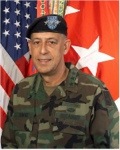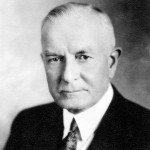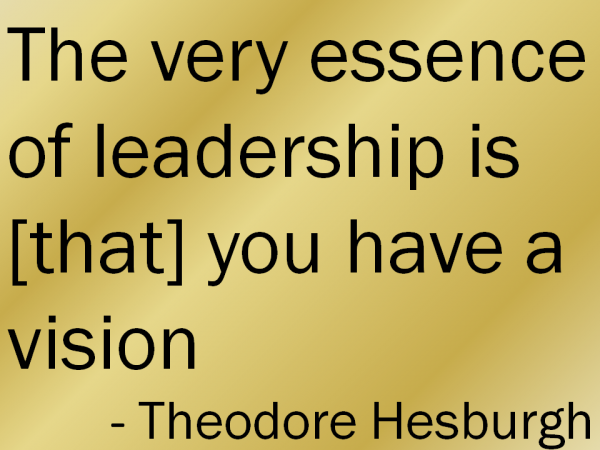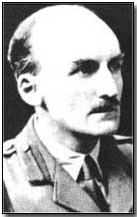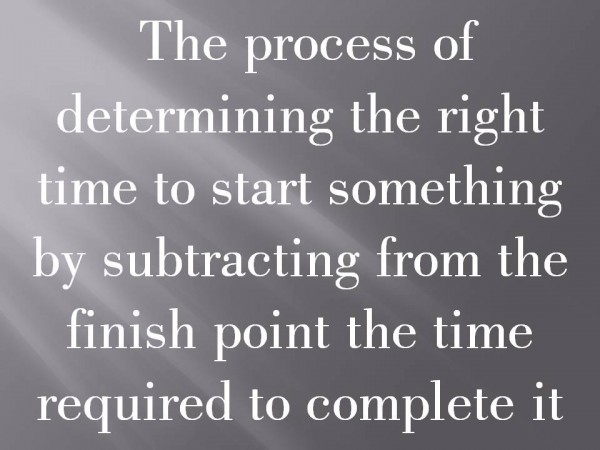 I’m writing in the Washington National Airport early in the morning after a routine pre-flight night of restless sleep (about 2 hours worth). I’m tired and not very interested in doing much of anything. The culture in which I work places an informal value on early mornings, long work days, and late nights. It a badge of honor to say you’ve been awake for numbers of hours. My formal leadership training taught me to believe that a leader only needs four hours of sleep to be effective, a mantra I use to motivate myself late at night. Turns out, that’s all wrong.
I’m writing in the Washington National Airport early in the morning after a routine pre-flight night of restless sleep (about 2 hours worth). I’m tired and not very interested in doing much of anything. The culture in which I work places an informal value on early mornings, long work days, and late nights. It a badge of honor to say you’ve been awake for numbers of hours. My formal leadership training taught me to believe that a leader only needs four hours of sleep to be effective, a mantra I use to motivate myself late at night. Turns out, that’s all wrong.
Nicholas Hughes’ Good piece on How I Made Sleep a Priority – and Got More Productive opened my eyes (sorry for the pun) to what I had suspected was true, sleep matters…a lot. Its especially important to manage sleep as we age and deep sleep becomes more difficult. Hughes’ article as well as the 2006 Harvard Business Review article he references left me with some points to consider for my personal and corporate sleep management:
1. Sufficient, effective sleep makes helps you be more productive.
2. Insufficient sleep is hazardous to your health. The tragedies associated with driving while sleep impaired are well known. But we tend to thing we aren’t the ones at risk. However, The National Highway Traffic Safety Administration (NHTSA) estimates that each year drowsy driving is responsible for at least 100,000 automobile crashes, 71,000 injuries, and 1,550 fatalities anyway. Not only may the effects of sleep deprivation be irreversible, but chronic deprivation may lead to long-term health issues:
Many people gain weight as they age, too. Interestingly, chronic sleep restriction increases levels of appetite and stress hormones; it also reduces one’s ability to metabolize glucose and increases the production of the hormone ghrelin, which makes people crave carbohydrates and sugars, so they get heavier, which in turn raises the risk of sleep apnea, creating a vicious cycle. Harvard Business Review
3. Personal sleep management is deliberate. Instead of a catch-as-catch-can sleep plan, leaders should adhere to a strict sleep plan that is compatible with your work schedule and personal preferences. The American Academy of Sleep Medicine and the National Sleep Foundation recommend these tips on hacking effective sleep:
– maintain a regular sleep schedule
– establish a pre-sleep routine that prepares you for deep sleep
– create an environment that is comfortable and conducive to sleep
– exercise regularly but avoid vigorous exercise within a few hours of bedtime.
4. Corporate sleep management is deliberate. HBR recommends that companies formalize the importance of sleep and make productive sleep a part of the culture. Leaders can implement (and enforce) policies that contribute to the culture:
– limit hours worked to 12 per day and 60 per week. Only exceptionally allow 16 hour days
– require one day off per week, two is better
– avoid extreme flight schedules such as red-eye flights, single day trips, or complicated connections.
– allow a day of rest after an international flight
Sleep well!


